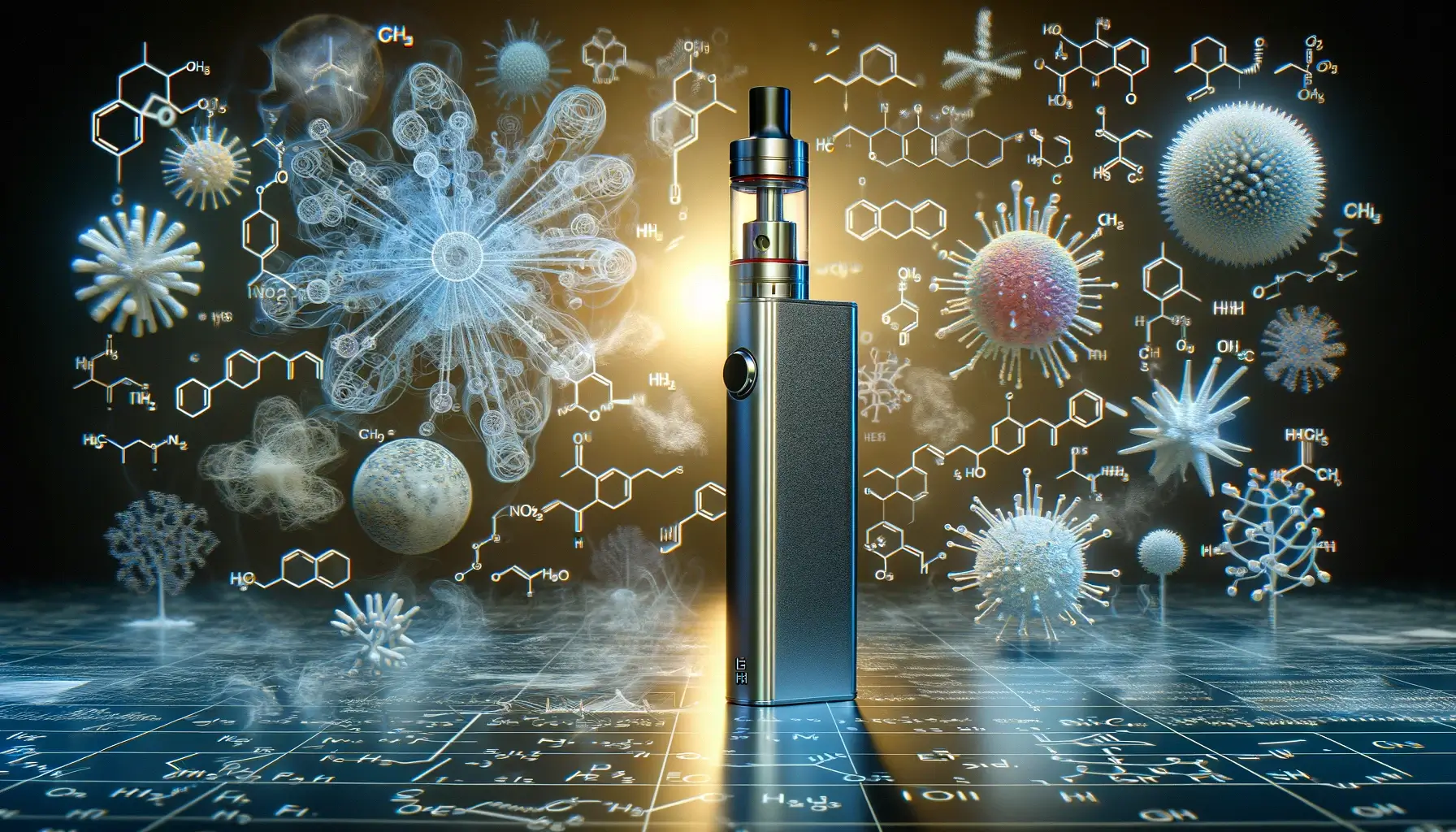Vaping has been on the rise among students, and it is a major concern for school administrators around the globe. They are now looking for solutions that will help combat this problem. Vape detectors designed for schools can be an effective tool in maintaining a healthy, safe learning environment. These devices do more than detect vapes. They monitor a variety of safety concerns, such as loitering, the presence of crowds and aggression.
1. Vape Detectors are a Growing Need in schools
With the increasing prevalence of smoking cigarettes schools are faced with difficulties in detecting and stopping the use of vaping among students. Vaping is not just hazardous to health, especially for young individuals but it also disturbs the school atmosphere. Vape detectors are designed specifically to deal with these issues and provide real-time alerts to enable staff to act immediately. These alerts let administrators spot students who smoke in locker rooms or restrooms as well as other enclosed spaces.

The demand for vape detection devices is fueled by the desire to reduce the use of vapes in schools, find offenders and create a safer environment for everyone. By installing vape detectors in the right places, schools will effectively cut down on vaping and provide a healthier atmosphere for students.
2. How Vape Detectors function
Vape detectors make use of sophisticated sensors to detect aerosols that are a result of smoking vapes, including nicotine and THC. The dashboard or mobile application of the vape detector will instantly alert school administrators whenever it detects vape aerosols. This surveillance is in real time and allows personnel at the school to respond quickly to incidents and prevent future violations.
Vape detectors are more than only a simple detection tool. The Triton ULTRA school vape detector For instance, it comes with the patent-pending occupancy visualisation that is able to detect crowds, loitering and other disruptive behaviors in enclosed areas. This is particularly useful in areas like bathrooms where students may gather to smoke or engage in other disruptive behaviors. Schools can increase safety by identifying areas with frequent traffic or a suspicion.
3. Real-time alerts and monitoring: Benefits
One of the primary benefits of using vape detectors is their ability to receive immediate alerts whenever vaping activity is observed. In schools, monitoring in real-time could be essential to prevent the spread of vaping and to reduce health risks. Alerts not only inform the staff of the existence of vape, they can also alert staff to a prolonged time in certain locations.
The capability to detect different substances, which includes both nicotine and THC This makes vape smoke detectors a more useful tool for schools. If you can detect specific types of vaping, school officials can take the appropriate actions. This may include educating parents, conducting more investigations or enforcing rules. This proactive approach may aid in preventing students from using vape and also highlight the severity of the issue.
4. Privacy Monitoring: How to Protect Your Personal Information
When you implement any kind of surveillance system for schools, protecting the privacy of students is crucial. Vape detectors tackle this issue with sensors that check the quality of the air and occupancy without recording images or audio. Privacy-compliant approaches ensure that students respect their rights, and offer a practical solution to ensure safety.
Triton Sensors, for example, offers vape detectors for schools that are 100% privacy-compliant. Their patent-pending occupant visualization technology gives important information about loitering and crowding while ensuring privacy for each individual. This unique approach permits vape detectors to be employed in a variety of sensitive areas like locker rooms and bathrooms. rooms where traditional surveillance would not be appropriate.
5. The Broader Impact of Vape Detectors on school safety
Vape sensors were originally designed to detect vaping. But, they do have numerous other features. Modern smoke alarms for vapes can detect other risk factors, like gunshots and aggression, which makes them an effective safety tool. Schools can make use of this technology’s multi-purpose capabilities to address a range of security issues, creating a safer environment for students and staff.
Schools can also gain knowledge by using vape detectors in order to monitor air pollution and potential safety risks. This method based on data allows the evaluation and improvement of policy areas.
The conclusion of the article is:
Vape detectors are becoming a crucial tool in the battle against the use of vape. Vape detectors make use of advanced technology to offer live monitoring, as well as immediate alerts and privacy compliant visualisation of occupancy. Implementing vape smoke alarms in schools can improve safety procedures and reduce dangerous behaviors, while encouraging a more positive learning environment. The issue of vaping can be reduced by investing in vape detection technologies. It also allows schools to take a proactive duty as protectors of students’ wellbeing.